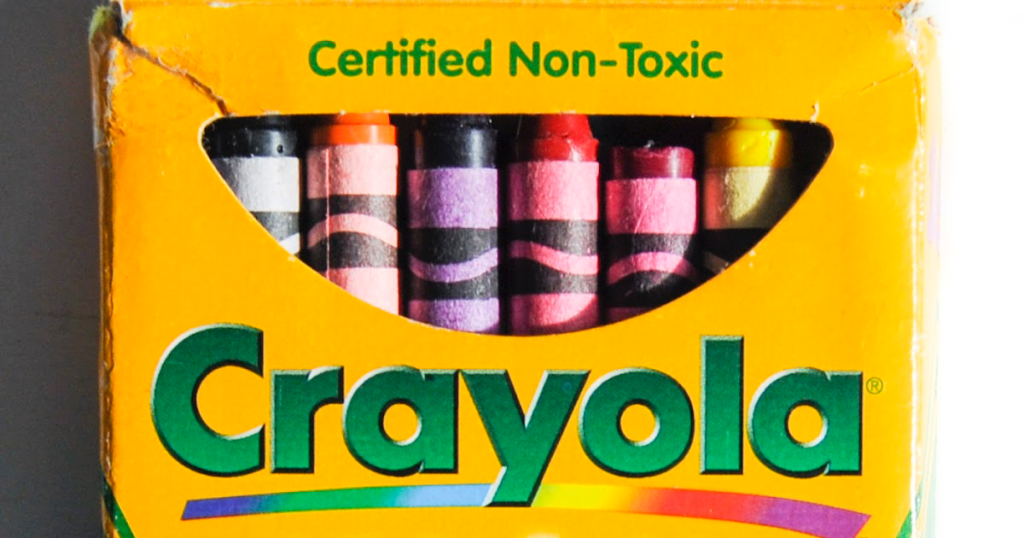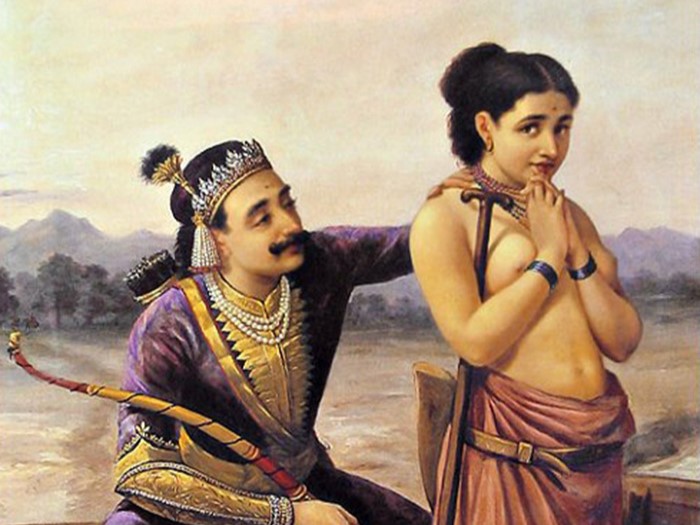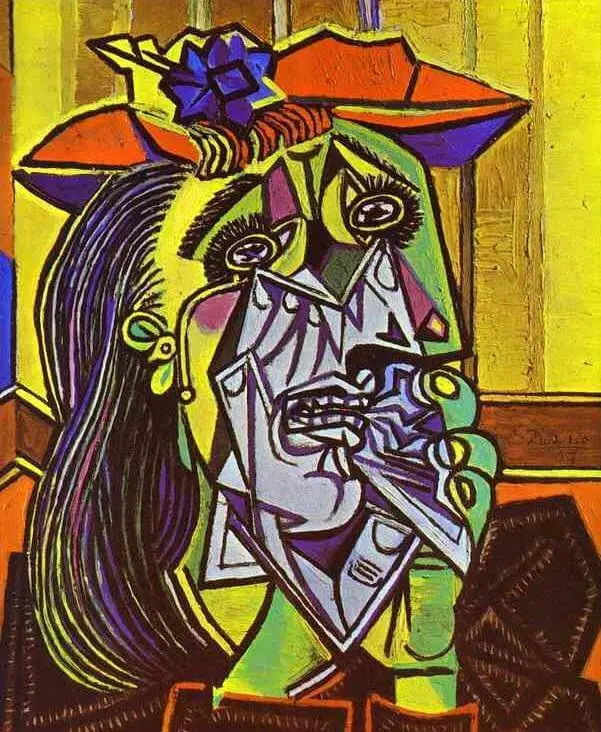In March 1999, Crayola made a quiet but significant decision that would mark only the third name change in the company’s 96-year history. The beloved “Indian red” crayon would be getting a new identity, not because of the color itself, but because of the confusion and misunderstandings its name was causing in classrooms across America.
The Origins of Indian Red
The color known as Indian red has deep historical roots that stretch back centuries to the Indian subcontinent. This rich, earthy red pigment derives from laterite soil, which is abundant in iron oxide and naturally occurs in regions near India. The pigment’s use can be traced back to prehistoric cave paintings and has been employed throughout various cultural and historical periods in art, architecture, and industrial applications.
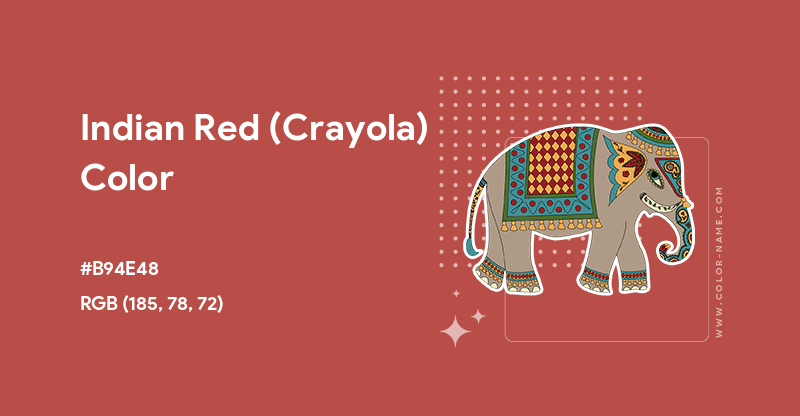
When Crayola originally named their reddish-brown crayon “Indian red,” they were referencing this geographical and geological origin—a pigment that had been valued for its distinctive hue and durability across cultures and centuries.
However, what made sense to pigment historians and artists was causing confusion in elementary school classrooms. Teachers began reporting that students were interpreting “Indian red” not as a reference to the Indian subcontinent, but as the supposed color of Native American skin. “Little children take words and names very literally,” explained Louise Cosgrove, an art teacher in Allentown, Pennsylvania. “To them, they think ‘Indian red’ is the color of a Native American’s skin.” This literal interpretation by children created an uncomfortable situation for educators who found themselves having to address misconceptions about race and skin color that the crayon name inadvertently perpetuated.
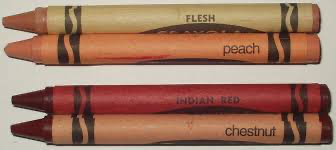
The 1999 name change wasn’t Crayola’s first encounter with potentially problematic crayon names. The company had previously made two other significant changes, each reflecting the evolving social consciousness of their times:
In 1958, “Prussian blue” was renamed “midnight blue” because teachers reported that students were no longer familiar with Prussian history, making the name meaningless to young users.
More significantly, in 1962, the crayon originally called “flesh” was changed to “peach” in recognition that “everyone’s skin tone is not the same,” as Crayola spokeswoman Tracey Muldoon Moran noted.
The decision reflected a broader cultural shift toward greater sensitivity regarding images and symbols that could be perceived as offensive to Native Americans, particularly as they affected Native children in educational settings. Crayola’s willingness to change the name of Indian red, despite its historically accurate origins, demonstrated the company’s commitment to creating an inclusive environment for all children. The decision acknowledged that in a diverse society, even well-intentioned names can carry unintended consequences, and that sometimes the most responsible action is simply to choose clarity over tradition. The Indian red name change remains a small but significant example of how businesses, educators, and communities can work together to address cultural sensitivity issues before they become larger problems.
Featuring Image courtesy: Instagram
Contributor

